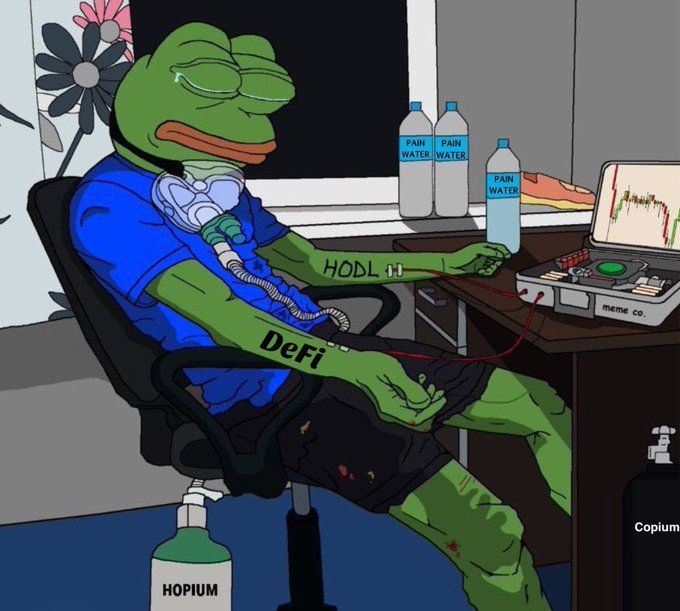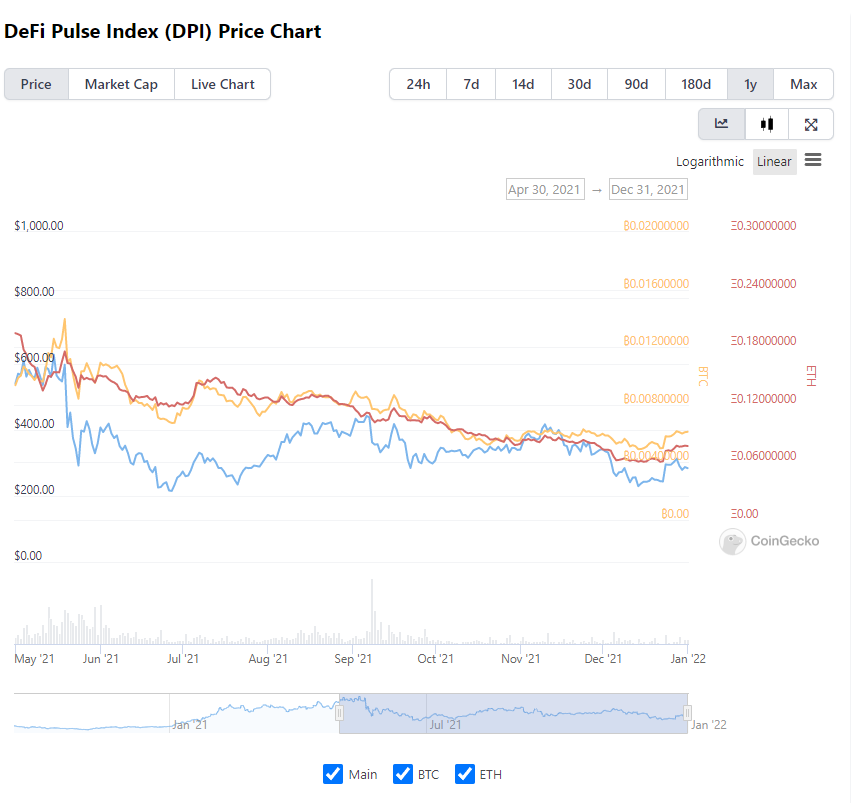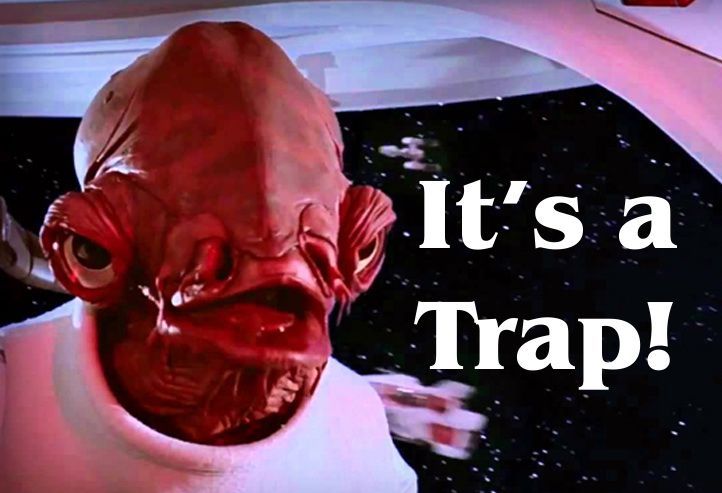Rapture #97: DeFi is Performing like an 80 Year old Without Stimulants

As DeFi 1.0 apps seem to be rallying a bit in the recent weeks (looking at you YFI and SUSHI), I think its important to look at the context of how DeFi 1.0 has performed this past year, how the sector is valued now, and what we can expect in the future. DeFi 1.0 is a general classification for the OG DeFi apps, suc as the following: COMP, AAVE, UNI, SUSHI, MKR, YFI, SNX, etc.
Massive Underperformance

Bluntly speaking, DeFi 1.0 apps have severely underperformed the market since the May crash. DPI, an index fund that generally tracks the price performance of DeFi 1.0 related assets, peaked from May 14 – May 19th. Since then, the index is down approximately 53% in USD, 56% in BTC, and 55% in ETH. No matter what metric you look at, the index has underperformed. Yet TVL, the favored metric to determine value in DeFi summer, is up by almost 40% over the same period. So, despite TVL rising, why has DeFi underperformed so massively?
User Growth Slows
For the first six months of 2021, total DeFi 1.0 users increased by approximately 95%. For the second half of the year, total DeFi 1.0 users increased by only 31%, a significant drop in the growth rate from the first half. While TVL increasing is surely a positive sign that users are more confident in locking up capital in DeFi, the TVL rate outpacing the user growth implies that growth is likely being driven by older users opting to participate more rather than being driven by new users.
Since crypto first and foremost is early-stage tech, user growth is the most important metric to gauge when evaluating the success of a project. User growth slowing likely impacted the markets perception of DeFi 1.0, especially as other sectors of crypto, like NFTs and gaming, saw meteoric rises in user growth.
Is DeFi 1.0 a Value Trap?

Since DeFi 1.0 has massively underperformed the market, many are looking at the P/S ratios of major DeFi projects and thinking they are undervalued. Nearly all the lowest P/S ratio projects though are DeFi 1.0 projects or copies of DeFi 1.0 projects on other chains.
Yet at the end of the day, DeFi 1.0 fundamental factors such as sales and earnings are largely based on the overarching market cycle. Thus, DeFi 1.0 should be classified as an incredibly pro-cyclical sector. Since DeFi 1.0 is pro-cyclcial, the fact that they are currently the most undervalued by comparable metrics like P/S and P/E means that they will likely be a value trap if we are in a crypto industry bear market.
There will be less demand for leverage, and volumes will dry up on DEXs if crypto is in a bear market, meaning that user growth will stall, and existing users will become less active within DeFi. Consequently, these trends would have an adverse effect on metrics such as sales and earnings, meaning that what looks cheap now would likely get even cheaper.
Furthermore, many DeFi 1.0 development teams have stopped innovating at the same pace they were in 2020. Who can blame them? Because liquidity events occur so early in crypto, many on the original development teams are now incredibly financially well-off. Many have actually started their own venture funds or have joined other venture funds as partners. Utilizing that money can become a distraction.
Furthermore, these pioneers want to keep their riches in an increasingly hostile regulatory environment, and thus are likely going to be more risk averse in terms of building new features that continue to not comply. These are the features that really drove DeFi success initially and were the ones that were truly innovative. Permissioned pools, which many DeFi projects are focusing on in order to try and attract institutional capital, are like permissioned blockchains, which went the way of the dodo.
Takeaway
If we are indeed in a bear market like 2018, or if we shortly enter a bear market, I hypothesize that DeFi assets will continue to underperform the rest of the market rather than them being attractive value plays unless there is significant innovation that attracts new users (maybe Aave's new wallet?).
Of course, if the bull comes raging back and new users enter the market, DeFi could be an attractive play. Think this scenario is much less likely though.
